3 Designers Who Shaped American Jewelry Style
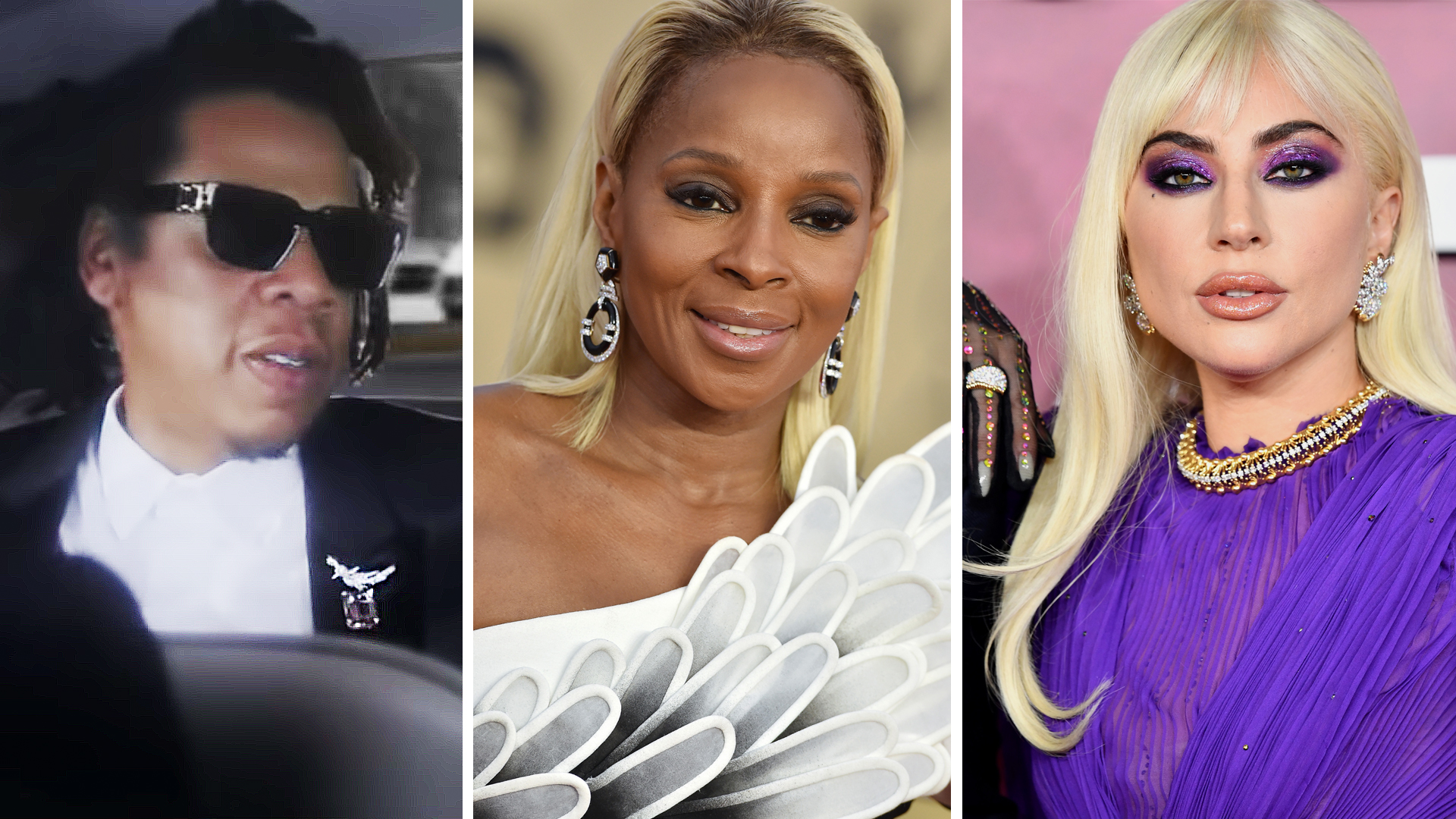
At this year’s Academy Awards show, Jay-Z appeared in a head-turning diamond and citrine brooch that rivaled his wife Beyonce’s radiant diamond jewels. His style statement was Jean Schlumberger’s Bird on a Rock brooch (a diamond bird perched on a 55-carat citrine) on the lapel of his white tuxedo jacket.
Known for his chic sartorial style, Jay-Z is one of several celebrities wearing the late jewelry designers’ striking creations to express their bold sense of style.
It’s nothing new. For decades, tastemakers from Jacqueline Kennedy to Babe Paley and Elizabeth Taylor wore Schlumberger’s exuberant jewelry to express their individuality. Now those same Schlumberger designs for Tiffany & Co are being worn by a new generation of style setters, including Lady Gaga on the red carpet and rapper Kendrick Lamar when he performed at this year’s Super Bowl. And the jewels look sumptuous, chic, and remarkably relevant.
Schlumberger was one of a handful of mid-century masters who ushered in a new era in American jewelry style that reflected the changing times. Along with David Webb and Seaman Schepps, these designers created wildly creative and expressive jewelry with big colors, diamonds, and innovative use of materials.
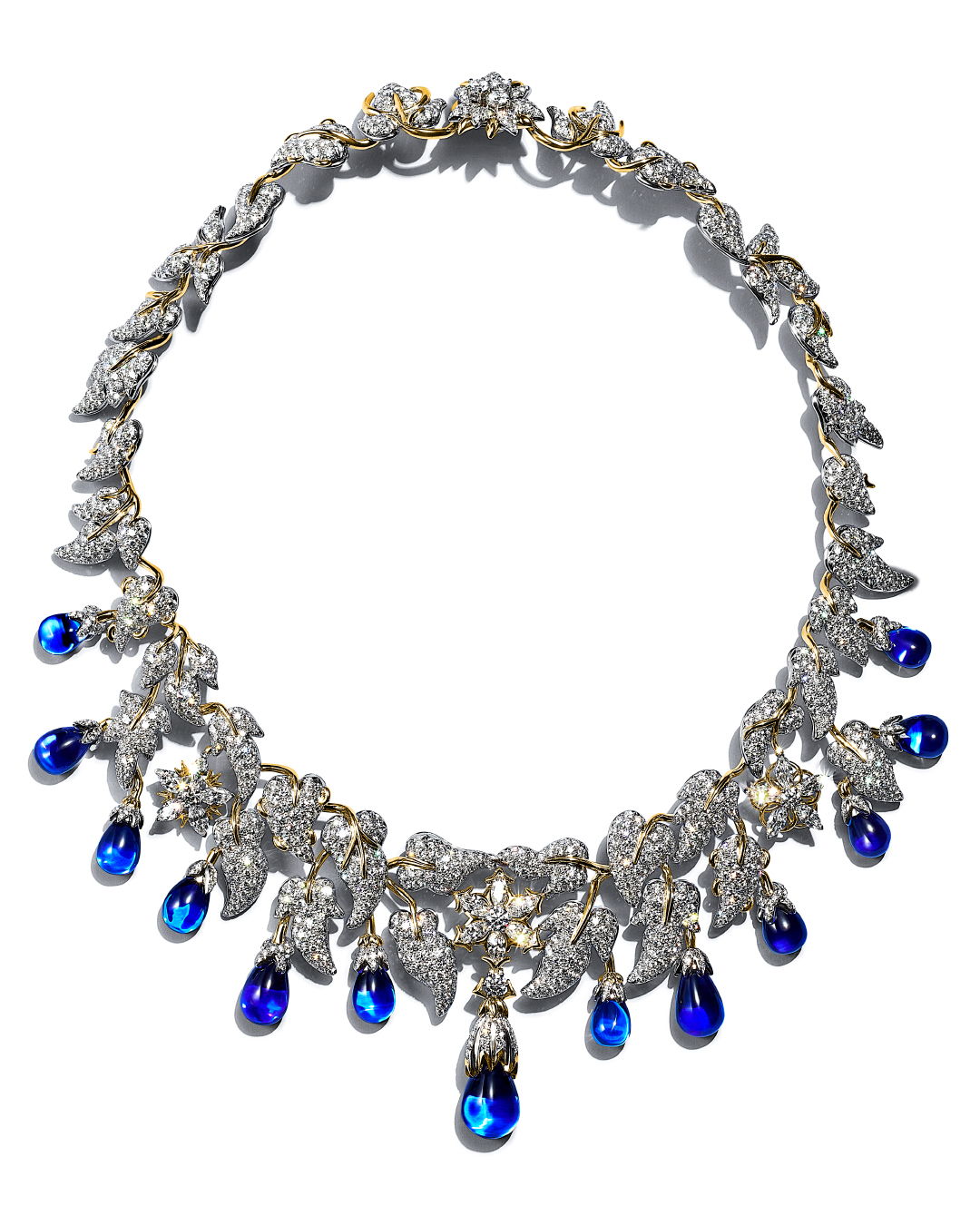
At a time when women were entering the workforce in record numbers and taking on new societal roles, these empowering jewels were more about self-expression than defining a person’s status and wealth.
“These pieces reflected the experimental culture/counterculture of the ’60s,” said Anthony Barzilay Freund, 1stDibs’ Editorial Director and Director of Fine Art speaking about the trio of designers. “Breaking away from the streamlined diamond jewels popular in the Art Deco era and the ladylike styles of the 1950s, these designers made bold pieces incorporating a kaleidoscope of colorful precious and semi-precious gems, hard stones and enamel.”
It’s not surprising that the trio of designers are back in the news today and are drawing a younger set of stylish women (and men) who are discovering David Webb, Jean Schlumberger and Seaman Schepps for the first time.
Today, with people gravitating toward jewelry with vibrant color, natural diamonds, individuality, and authenticity, these designs deliver all that and more.
Says Barzilay Freund: “What’s more joyful than the energy and optimism of these bright, confident pieces right now?”
Here is a closer look at the three jewelry designers whose iconic pieces are in high demand by a new generation of jewelry lovers.
Jean Schlumberger for Tiffany & Co.
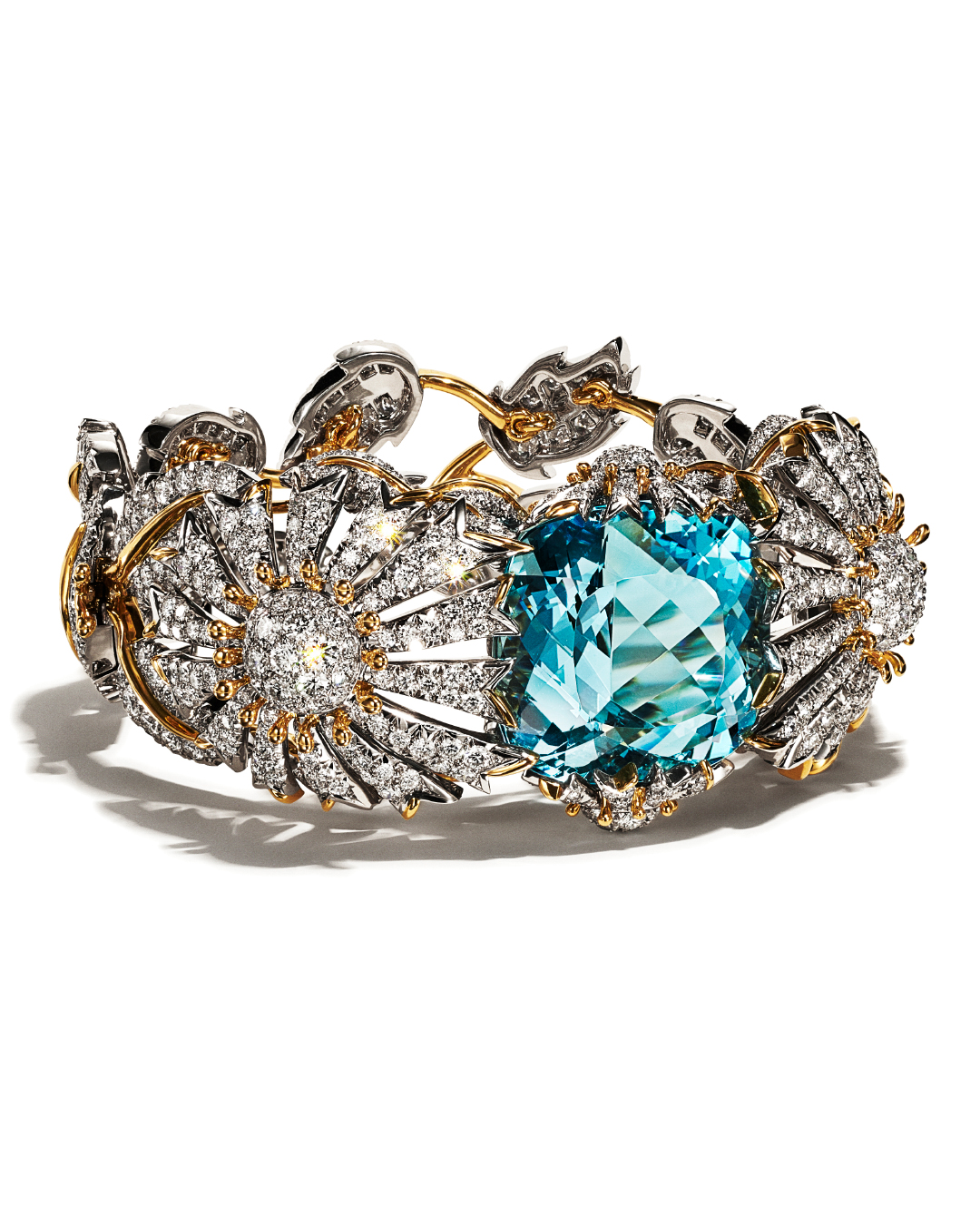
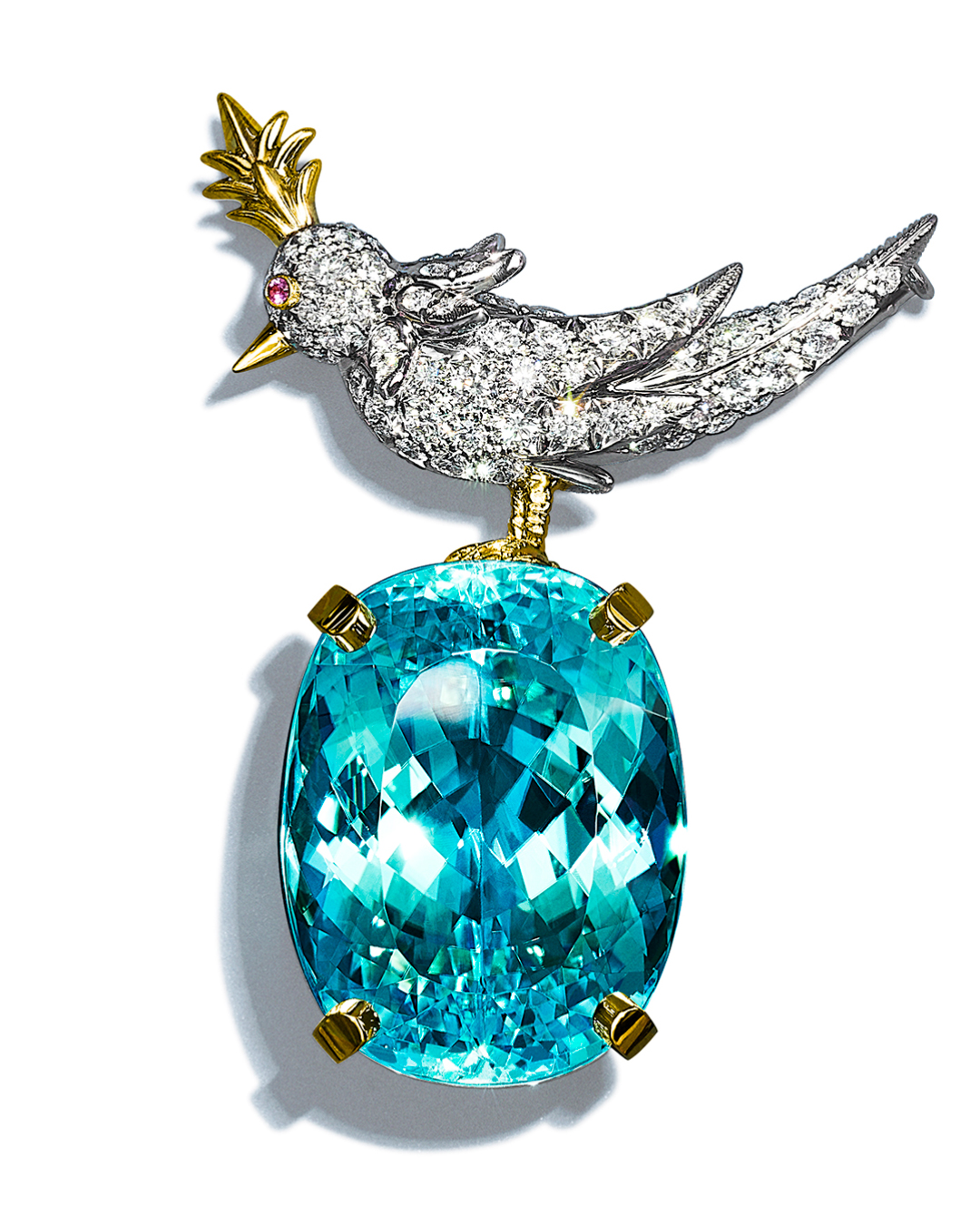
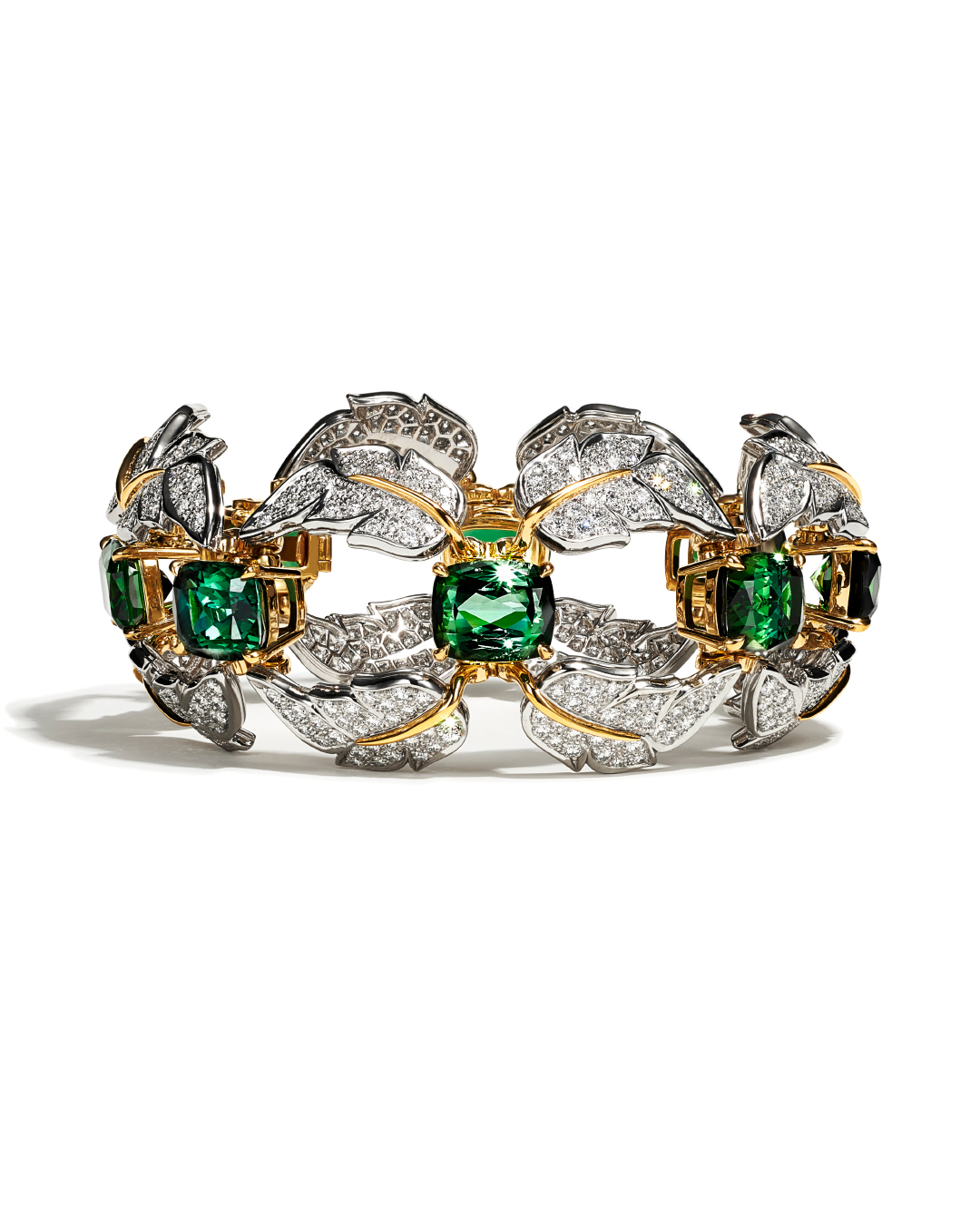
Schlumberger’s imaginatively colorful jewelry is having a renaissance, and it’s easy to see why. Considered one of the great jewelry creatives of the 20th century, the French born designer (1907-1987) expressed nature in artistic ways that had never been done before. He once said about his designs: “I try to make everything look as if it were growing, uneven, at random, organic, in motion.”
That’s apparent in his three-dimensional moonstone and diamond jellyfish brooch with undulating sapphire tentacles, and wavy gold vine necklaces and cuffs encrusted with diamonds and gemstone buds. His clients included Greta Garbo, philanthropist Bunny Mellon, and Jacqueline Kennedy, who wore his vivid enamel Crosillon bracelets so often that they became known as the “Jackie bracelets.”
The designer’s foray into jewelry began when he moved from Alsace to Paris in his twenties. His talent caught the attention of fashion designer Elsa Schiaparelli who hired him to create decorative buttons and costume jewelry. His budding Paris career was cut short by World War II. After serving in the French forces, he moved to New York where he briefly worked designing fashion before opening his own jewelry salon. He quickly gained a following and was discovered by Tiffany’s chairman Walter Hoving who hired him in 1956 to design for the house.
During Schlumberger’s three decades at Tiffany’s, he created fantastical designs—exuberant sea creatures, the bold Bird on a Rock brooch, elaborate birds, and gemstones mounted in exquisite diamond rings.
Fast forward to 2020 when LVMH acquired Tiffany’s and decided to shine the spotlight on Schlumberger once again. The American jeweler featured the designer’s standout pieces on Beyonce and Jay-Z in its groundbreaking advertising campaign that has been seen around the world.
Tiffany’s has also made sure those wildly creative jewels are paraded on the red carpet and worn on high-profile tastemakers. You can expect to see more of Schlumberger’s vibrant designs because Tiffany’s says it’s just getting started.
David Webb
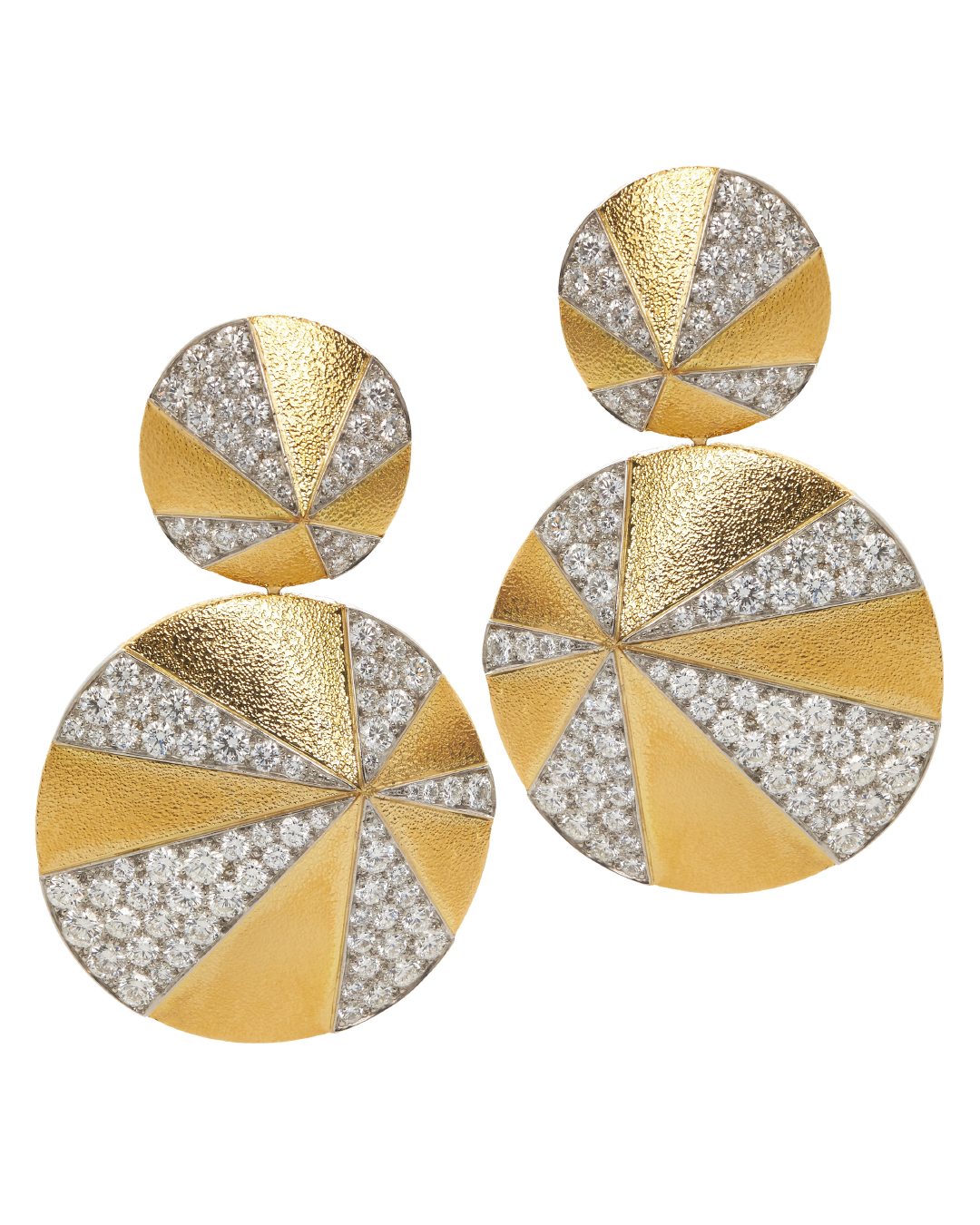
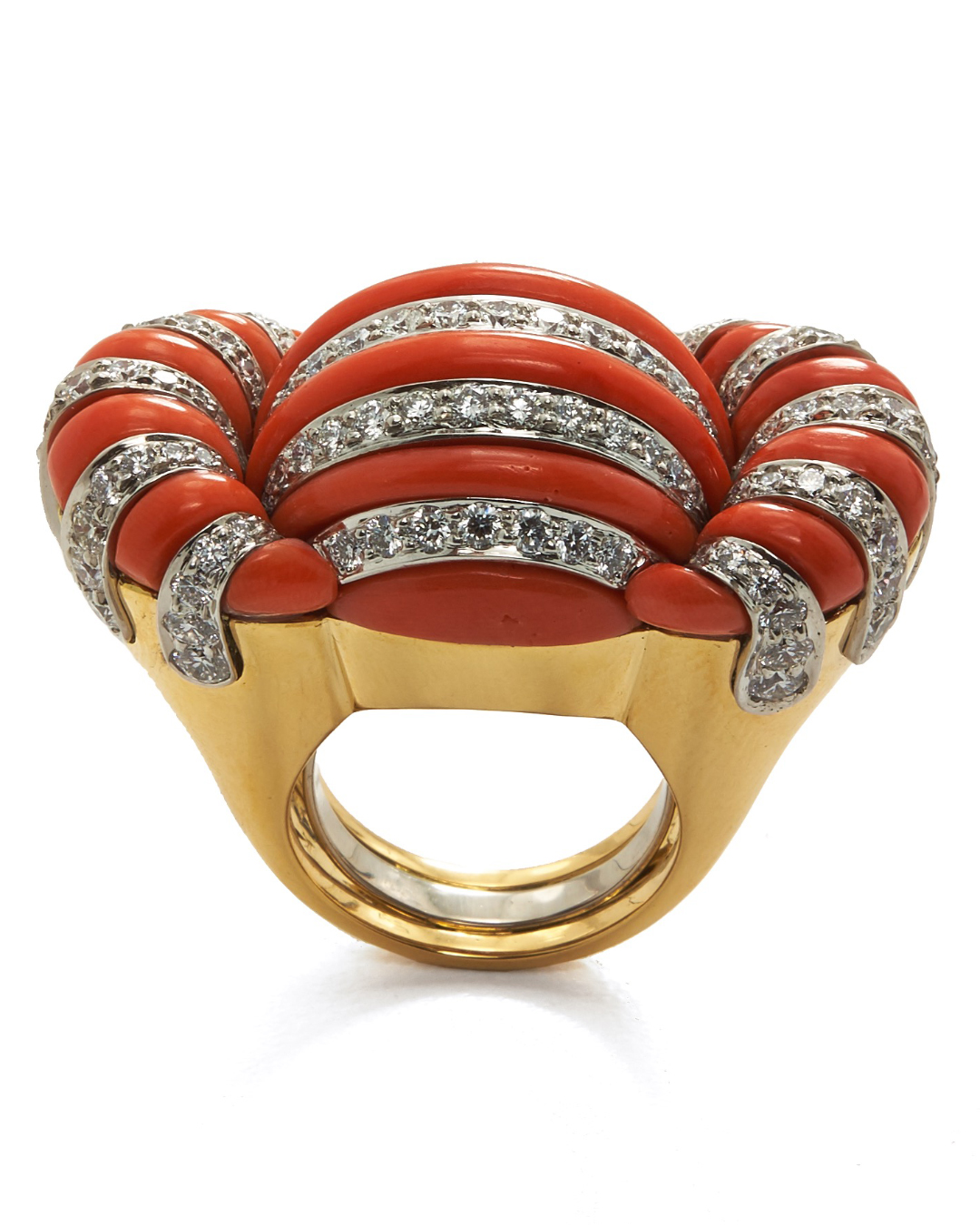
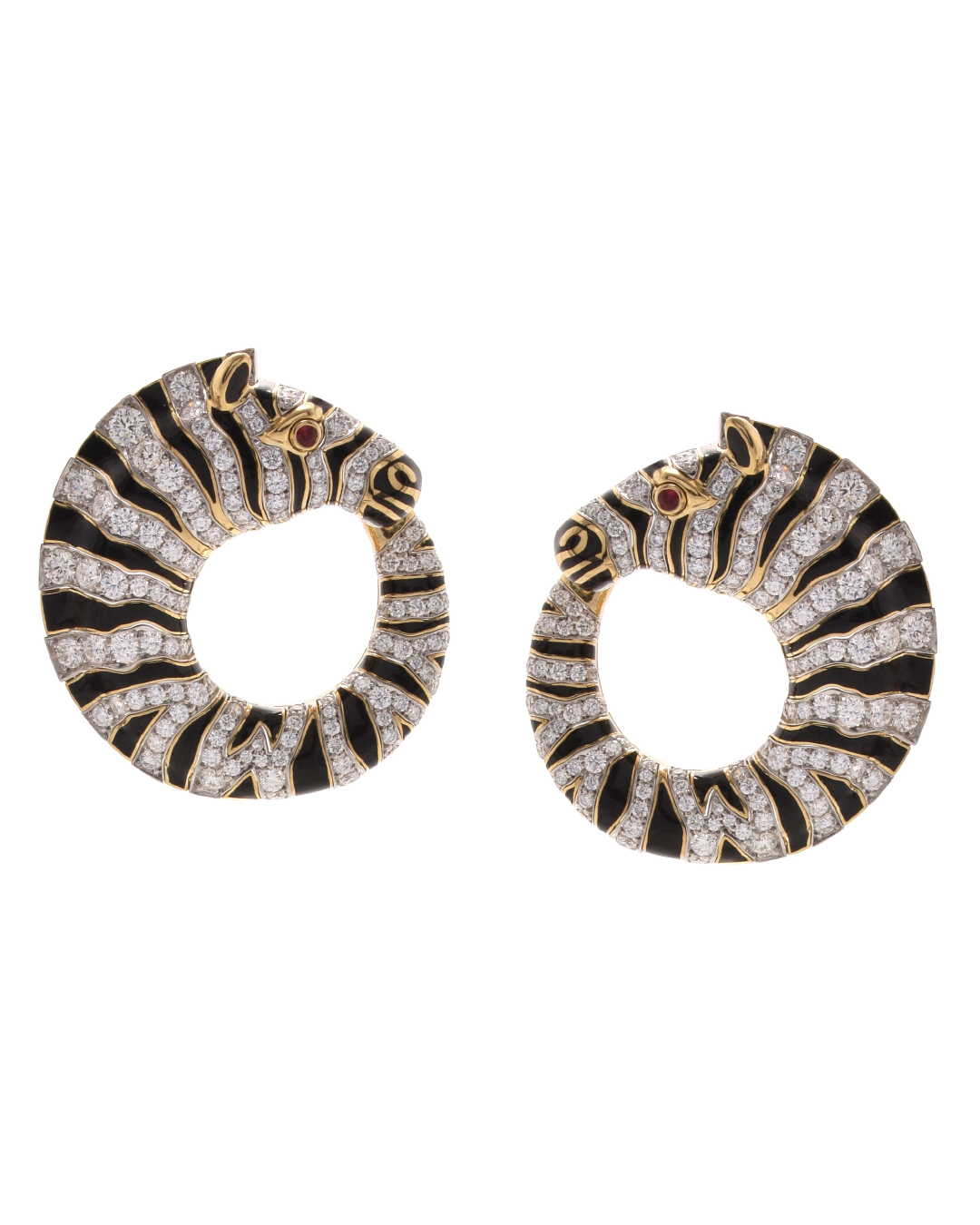
When David Webb featured its animal jewels in the exhibit “A Walk in the Woods: David Webb Artful Animal” at its New York gallery in late September, there was a waiting list of visitors who wanted to see the designer’s colorful jeweled creatures. That’s because his whimsical designs (imagine a monkey brooch wearing jeweled bangles) delivers that sense of stylish and joyful pieces people want today. Shouldn’t jewelry make you smile?
“David Webb (1925-1975) designed with personality in mind,” says Levi Higgs, Head of Archives & Brand Heritage who curated the recent exhibit. “Big, bold forms, as well as color and patterning were at the forefront of his designs in both the 1960’s and 1970’s.”
“Nary a design ever left the workshop without a hefty sprinkling of diamonds,” says Higgs.
Webb’s defining pieces reflected how women saw themselves: Editor Diana Vreeland’s signature was a graphic black and white enamel and diamond zebra cuff; the Duchess of Windsor wore a bright green enamel double-headed frog bangle; and Gloria Vanderbilt was often seen in a snake bracelet. Those cheeky animals defined the wearer’s personality – and sent a discreet message.
His designs caught the attention of a generation of women in the ‘60s and ‘70s who wanted more fashionable jewelry. Webb’s colorful, bold animals also garnered him the Coty American Fashion Critics’ Award in 1964 solidifying his place in the fashion arena.
Born in Asheville, North Carolina, Webb began his career working for his uncle as a silversmith apprentice but quickly grew restless and moved to New York. In 1945, the self-taught designer opened his own shop with unique pieces inspired by traditional jewelry styles from China and India and ancient Greek jewelry. The results were bold pieces with exotic references like chimeras and dragons, but always with vivid colors and a sense of fashion.
The designer’s career ended too soon when he passed away at age 50, but he left an archive of some 40,000 drawings and designs. In 2009, the company was purchased by Mark Emanuel and Robert Sadian who moved its location to Madison Avenue and 74th Street with a workshop above the salon where they continue to reproduce his original creations.
Higgs sums up Webb’s influence as one of the most influential American jewelry designers saying: “As the quintessential American jeweler, David Webb represented the ultimate amalgamation of style diversification. Because isn’t the most American expression of style always a melting pot?
Seaman Schepps
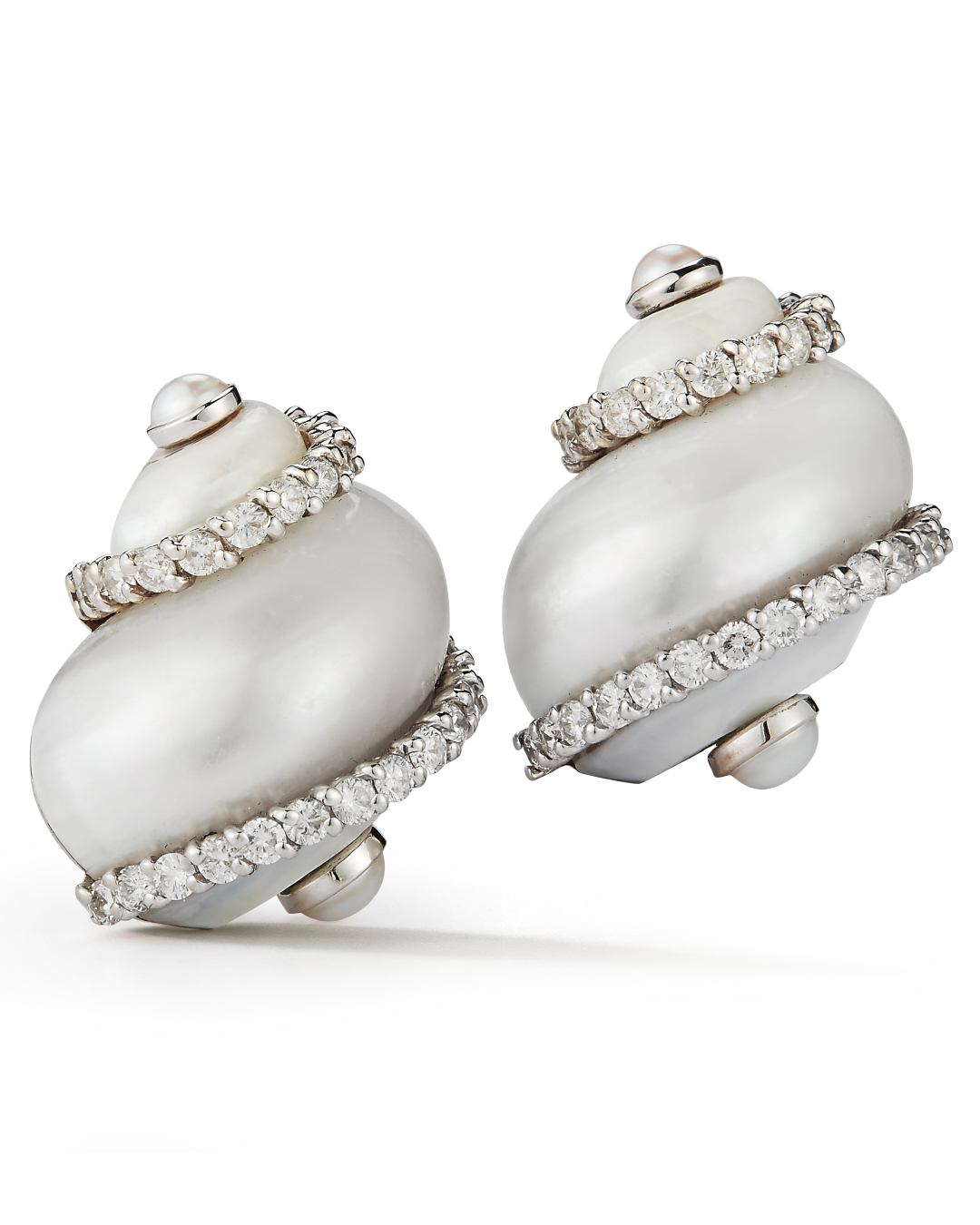

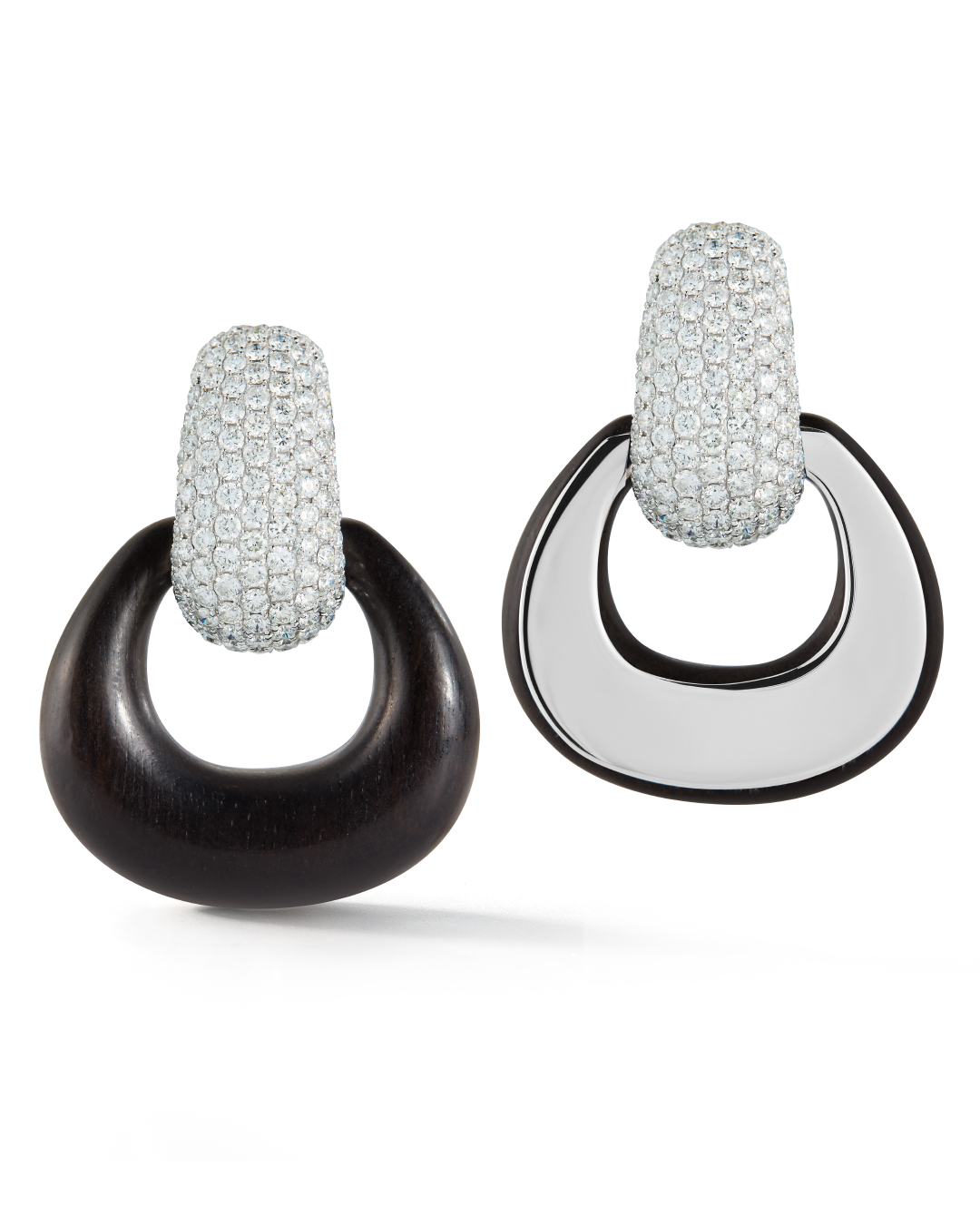
No conversation about American jewelry designers is complete Seaman Schepps. without Walking into Seaman Schepps’ new shop on Madison Avenue, you wouldn’t know that the wood and diamond door knocker earrings and rock crystal and diamond curb link bracelets were originally designed more than 50 years earlier.
The only clues that give away their age are the old photos and magazine clippings in the downstairs vault with famous faces like opera singer Marguerite Wenner-Gren and Blanche Knopf, president of Alfred A. Knopf publishing company, wearing Schepps jewelry. Knopf appears in a photo lounging on her yacht wearing a stack of three Mousetrap bracelets, a gold link style that appears like, of course, a mousetrap with diamonds. It’s still a bestseller. Downstairs the walls are lined with leather bound books with the designer’s original jewelry sketches. Those include pieces made for Doris Duke and the Duchess of Windsor. There are more than 5,000 drawings, from which the house recreates pieces, each handmade in its New York workshop.
Today, the bestsellers remain the Turbo shell earrings mounted in gold and adorned with diamonds and gems (a favorite of Jacqueline Kennedy). “The design is so appropriate today,” says Anthony Hopenhajm, who purchased the brand from the founder’s daughter in 1992. “Those earrings were the uniform for women in New York and Palm Beach, and like any great design, they are ageless and still relevant today.”
Schepps (1881-1972) opened his first New York store at 516 Madison Avenue in 1931. His imaginative designs, including expressive animals, big chunky pearls and baroque-style gemstones, were inspired by visits to Paris and the natural world.
“Schepps’ style reflected America in general,” says Hopenhajm. “His designs tended to be larger than life with a more daring use of color, and he wasn’t held back by preconceived notions that you couldn’t mix a seashell with diamonds.”
Those whimsical designs and unusual mixed materials shown nonchalantly illustrate Schepps’ irreverent way with diamonds, pearls and gemstones. It’s an attitude that is especially spot-on with today’s style-setters.
